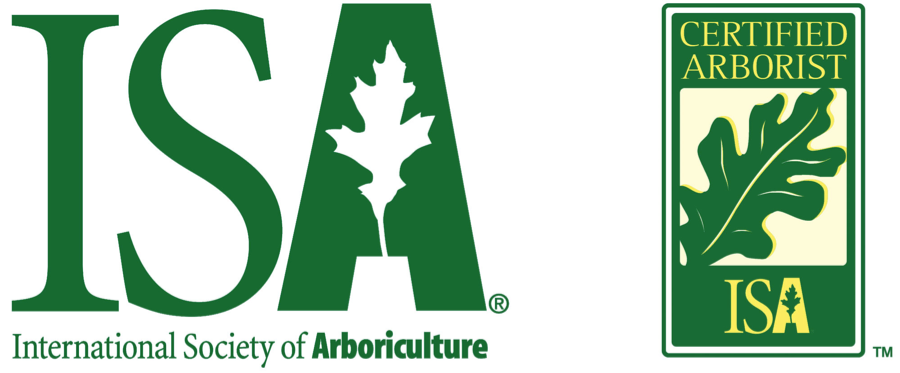Why Shouldn't You top Your Trees?
We're proud to offer our services in Escondido and the surrounding
FAQs
-
What Is Tree Topping?
When trees are topped, it means that the entire top of a tree is removed. This extreme tree cutting method is also known as hat-racking, heading, lopping, or rounding over.
-
How can tree topping harm your tree?
As mentioned earlier, tree topping is the second most common cause of tree death. Tree topping can harm your tree in a variety of ways, including:
- Topping removes most of the leaves. Leaves provide energy for a tree through the process of photosynthesis, so without leaves trees don’t have enough energy for strong, vigorous growth. Weakened trees are more susceptible to disease, pests, weather, and other issues.
- Topping creates open wounds. The already stressed and weakened tree is less able to heal those open wounds.
- After a tree is topped, water sprouts shoot up. These are small branches that usually grow straight up in the air. Water sprouts are a tree’s emergency response to a lack of leaves, and it grows them in a desperate attempt to grow leaves that can photosynthesize and create energy. These shoots are numerous and brittle. They grow quickly, break off easily, look horrible, and need to be pruned more often than healthy branches, therefore defeating the point of topping a tree to reduce its height.
-
How is tree topping different from other types of pruning or trimming?
Tree topping is different from pruning or trimming in that it does not take the health or natural structure of the tree into account. Professional pruning involves making carefully placed cuts to enhance the health and beauty of trees. In contrast, topping cuts are made at random places on the tree branches, often in spots where the tree can’t properly seal the wound. It is detrimental to the tree and can lead to a tree’s decline and death.
Tree topping is also strongly discouraged (and in some locations banned) by professional tree care associations (such as the International Society of Arboriculture and the Tree Care Industry Association) and municipalities.
-
Why is tree topping still performed?
If it were up to the professional tree care industry, trees would not be butchered through topping. However, there are still people who provide tree “services” who top trees. Maybe it’s because others have seen it done that way, maybe it’s due to a lack of knowledge, but some customers also specifically request their trees be topped.
However, anyone who understands tree physiology, tree structure, and the proper way to prune a tree will not suggest tree topping.
-
Isn’t tree topping the least expensive option for pruning a tree?
This may be one of the reasons that tree topping is still done. It is advertised as an inexpensive way to prune or shorten a tree. While cutting the top off a tree may not cost much in the short term, it costs much more in the long run. Here’s why:
- Trees need more frequent pruning after they’ve been topped.
- Topped trees have more issues with diseases and pests, leading to expensive treatments.
- Topped trees are less stable in storms, leading to fallen trees and damage (or even injuries).
- Because topped trees are often unstable and unhealthy, it can be expensive to remove them.
So, while the initial cost to top a tree may be relatively low, the overall price you’ll pay over time is much more than if you’d paid for proper tree pruning in the first place.
-
Isn’t rejuvenation pruning a method of “topping” shrubs?
The process of rejuvenation pruning (also called renewal pruning) can look similar to tree topping. But, unlike trees, which normally have one central leader with several limbs branching out, shrubs are by nature multi-stemmed. Desert native or adapted shrubs such as sage and lantana benefit from renewal pruning every 3 to 5 years, especially if they were consistently sheared. You can learn more about this method of shrub pruning in our article on rejuvenation pruning.
Be careful, though. Shrublike trees, such as Texas mountain laurel, don’t react the same way as shrubs. In fact, they would die if they were topped or rejuvenation pruned.
-
What should I do if my tree has previously been topped?
While tree topping causes lots of damage, you may still be able to help your topped tree recover. New shoots (water sprouts) will shoot up, but don’t prune them for at least a year. Then contact a tree professional to perform a “restoration pruning,” where some of the shoots are turned into dominant branches and others are removed. Just know that this process can take an additional four to six years, and the tree won’t look great in the meantime.
You’ll also want to make sure the tree receives the proper amount of water, sunlight, and possibly fertilization to help it recover from the stress of being topped. Watch for any pest or disease issues and call in an arborist as soon as you notice anything that doesn’t look right.
Nothing will restore the tree to its original strength and vitality, but this process might help it to recover. The best advice is to avoid tree topping in the first place.
IN SUMMARY
If you have a tree that may have been planted in the wrong place, contact Titan Tree Care to schedule a tree consultation. At SoCal Tree Care Inc.
Our experts can let you know if it is better to remove the tree, do some crown reduction pruning, or if other options are available. We do not recommend tree topping as it will harm your tree, increase the amount of pruning needed, and cost you more in the long run.


